Case Studies
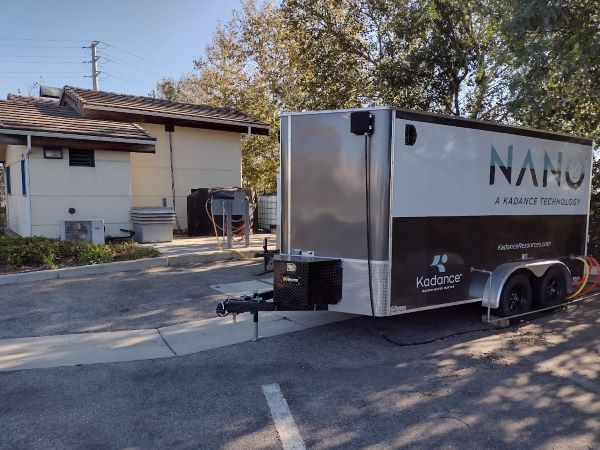
NanO2 sulfide control of sewage collection line
A southern California city with a population over 100,000 experienced high dissolved sulfide levels in its largest sanitary collection system. The collection system averaged 3-4 MGD of flow and 6-8 mg/l of dissolved sulfide which created foul odors in the surrounding communities and contribute to accelerated corrosion within the sewage lines infrastructure.
A mobile NanO2 oxygen infusion system was deployed at the pump station near the beginning of the collection system. The system provided six proprietary injection nozzles that infused up to 200 pounds of oxygen per day directly into the sewage flow at the pump station without system modifications. Sampling data collected over a period of 4 months, demonstrated a reduction of the 6-8mg/L baseline sulfide levels down to an average of 0.5-1mg/L, providing a more cost effective replacement for chemical treatment.
- H2S Odor Reduction
- Corrosion Prevention
- Chemical Cost Savings
- Low-cost, rapid deployment
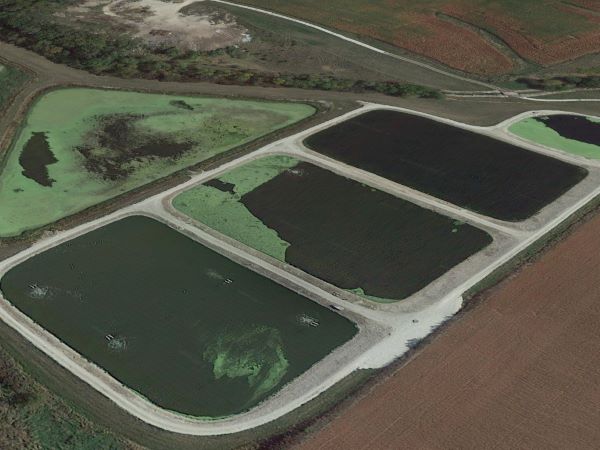
NanO2 Municipal Wastewater Lagoon BOD treatment
A midwest city with a wastewater lagoon system serving a population of over 1,500 people was struggling to achieve BOD treatment and meet their DNR discharge requirements with conventional aeration.
NanO2 oxygenation technology significantly increased oxygen delivery in that improved the hydraulic performance, enabled performance monitoring for optimization and boosted the oxygen delivery to achieve the required DO levels.
- BOD Treatment
- Increased DO Discharge
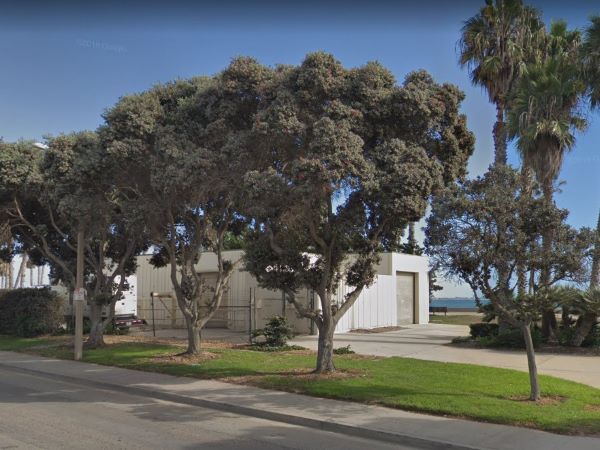
ParaPseud Bioaugmentation of sewage collection line
A southern California city experienced high dissolved sulfide levels in its sanitary sewer collection system. The collection system averages 1-1.5 MGD of flow and 6-8 mg/l of dissolved sulfide which created foul odors in the surrounding communities and contribute to accelerated corrosion within the sewage lines infrastructure.
A ParaPseud bioaugmentation program implemented at a pump station of the collection system provided the proper population of bacteria to bring the sulfide under control. This program has proven very reliable during operation over the last 5 years.
- H2S Odor Reduction
- Corrosion Prevention
- Chemical Cost Savings
- Low-cost, rapid deployment

NanO2 Hydrogen Sulfide Control – Sewer Collection System
A fast growing municipality was experiencing elevated levels of hydrogen sulfide in the sewer collection system, resulting in numerous public nuisance odor complaints. H2S levels were recorded as high 1300 PPM at various locations within the sewer system.
A NanO2 oxygenation system was installed with integrated oxygen generator with (2) discharge zones. One zone is dedicated to the wet well and operates either on time or DO demand to maintain a positive DO, with an average flow rate of 3-6 USGPM. The second zone discharges into the pump discharge line a flow of 6 USGPM into the collection system when the lift station pumps activate.
- Eliminates stripping from aqueous solution to nuisance and hazardous odors
- Rapid dissolved oxygen delivery effective in preventing conditions that produce odors
- Inline injection assist in reducing sewer pipe corrosion
- Low operating costs, minimal operator requirements
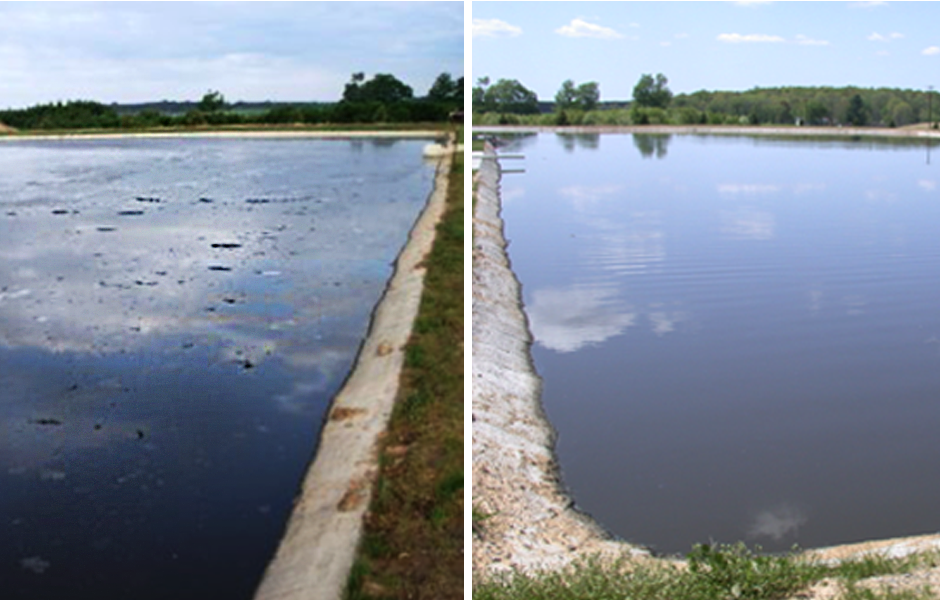
Wastewater Lagoon – Sludge Reduction
A Midwest dairy operation had recently determined that their 4 million gallon lagoon was building up sludge and would require that it be dredged to remove over 36 inches of solids. It was determined that the majority of the sludge was biodegradable and the anaerobic conditions present were not effective in reducing sludge volume. The operation adds approximately 100,000 gallons per day of high BOD, COD, and TSS manure waste from the barns.
A NanO2 advanced oxygenation system was set up as a pilot and delivered an emulsion of dissolved oxygen through a series of submerged nozzles. The oxygen carrier fluid with DO reaching 800 mg/l was injected in to the 4 million gallon lagoon. Within 24 hours pieces of the sludge blanket floated to the surface of the wastewater lagoon. These pieces diminished, getting smaller each day until totally consumed by bacteria. After 45 days the sludge in the lagoon was measured and was found to be less than a few inches.
- Supports enhanced biological sludge reduction of organic matter
- Aids in reducing FOG, TSS and BOD for improved discharge water quality
- Dissolved oxygen management assists in reducing ammonia levels
- Eliminates wastewater odors
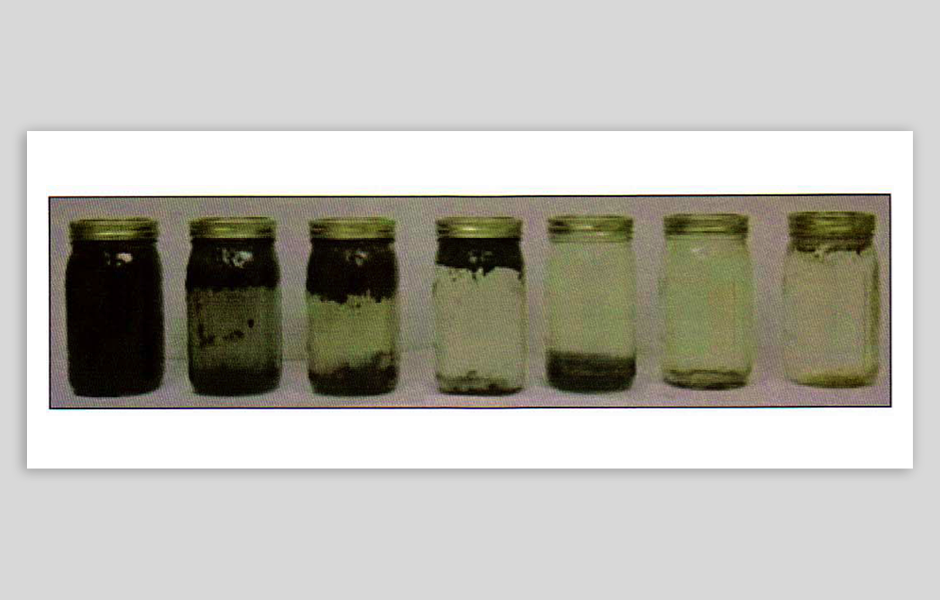
NanO2 Oily Wastewater Treatment Pilot Study
A multi-year study was performed for the US Navy to determine the effectiveness and viability of an accelerated biological process to treat oily water. The initial bench testing provided excellent results, and was followed by a successful field test at a shore-based site. An onboard-simulated test was performed at major base utilizing oily bilge water.
The process demonstrated an ability to reduce oil levels and lower oil remediation from weeks to weeks. Samples taken and pictured here show the change in the oily water over 96 Hours.
- Micro-nanobubbles increase flotation of free and emulsified oils
- Micro-nanobubbles reduce off gassing and stripping of VOCs
- Elevated dissolved oxygen levels satisfy increased biological activity during treatment
- Micro-nanobubbles reduces off gassing and stripping of VOCs